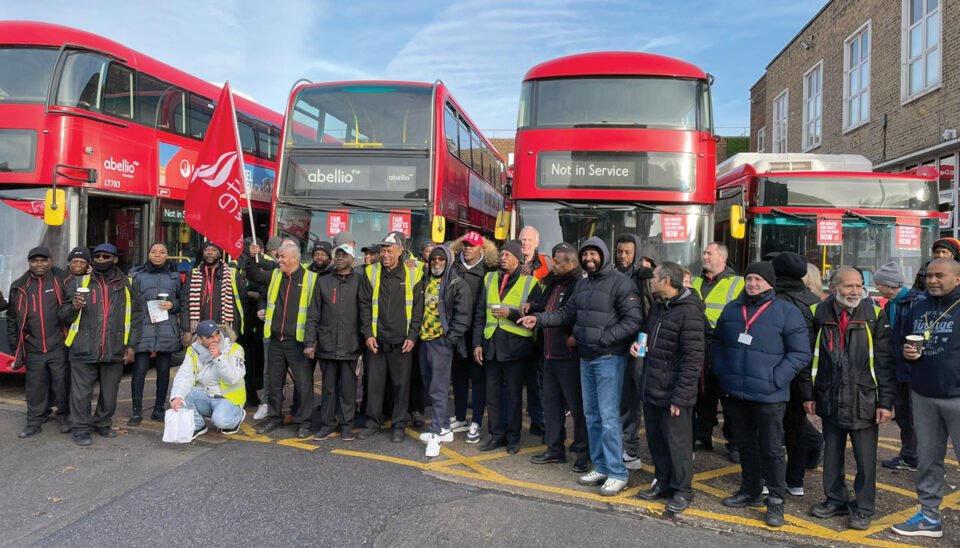In many industries, transporting workers efficiently and safely is a crucial component of operational success. Workers’ buses, specifically designed for employee transportation, offer a practical solution to this need. In this short blog, we’ll explore what workers’ bus are their benefits and why they’re becoming increasingly popular among businesses.
What is a Workers’ Bus?
A workers’ bus is a vehicle specifically designated for transporting employees between their homes and workplaces. Unlike regular public transportation or personal vehicles, these buses are tailored to meet the unique needs of a workforce. They can vary in size, from small shuttle buses to large coaches, depending on the number of employees and the distance of the commute.
Benefits of Using Workers’ Buses
- Enhanced Productivity: By providing reliable and punctual transportation, workers’ buses ensure that employees arrive on time, minimizing delays and maximizing productivity. This is particularly valuable in industries where punctuality is crucial.
- Improved Safety: Workers’ buses often come with safety features such as seat belts and well-trained drivers, which help reduce the risk of accidents. Additionally, having a dedicated transportation service can minimize the risks associated with employees traveling individually.
- Cost Efficiency: For companies, organizing bulk transportation can be more cost-effective than reimbursing employees for travel expenses or dealing with parking issues. It also helps in managing transportation costs more effectively.
- Employee Satisfaction: Providing a dedicated transportation service can enhance employee satisfaction and loyalty. It reduces the stress and time employees spend commuting, leading to better work-life balance and overall morale.
- Environmental Impact: Using a bus to transport multiple employees reduces the number of individual vehicles on the road, which can contribute to lower emissions and a smaller carbon footprint.
Key Considerations for Implementing Workers’ Buses
- Route Planning: Efficient route planning is essential to ensure that the bus service covers the necessary areas and minimizes travel time for employees.
- Capacity and Comfort: Choose a bus with adequate seating and comfort features to accommodate the number of employees and ensure a pleasant journey.
- Safety Measures: Ensure that the buses comply with safety regulations and that drivers are trained in defensive driving and first aid.
- Cost Analysis: Evaluate the cost of operating a workers’ bus service compared to other transportation methods. Factor in expenses such as fuel, maintenance, and driver salaries.
- Flexibility: Consider offering flexible schedules to accommodate different shifts or varying work hours.
Final Words
Workers’ buses are more than just a means of transportation—they are a strategic investment in employee well-being, productivity, and company efficiency. By providing a safe, reliable, and cost-effective transportation solution, businesses can enhance operational efficiency and employee satisfaction. As companies continue to prioritize employee support and sustainability, workers’ buses are likely to remain a key component of modern workforce management.


